Hair Loss in Your Teens
Hair Building Fibers, Men, Women
Hair loss at any age is alarming, leading to embarrassment and lowered self-esteem. But for teens, hair loss can be especially traumatic. Hair loss in teens is often a sign of an underlying issue, like a vitamin deficiency or hormonal imbalance. Fortunately, hair loss in teens is usually temporary and the hair will grow back when the problem is corrected.
What Are Causes of Hair Loss in Teenage Males?
- Medication
Commonly prescribed medications for teenagers like antibiotics and those for acne and depression can have the unpleasant side effect of hair loss. With 85% of young adults suffering from acne and 20% of teens experiencing depression, this cause of hair loss is quite common. - Alopecia areata
Alopecia areata is an autoimmune disorder in which the body attacks its own hair follicles. Alopecia areata is characterized by round bald patches on the scalp. It’s thought that 1 in 50 people suffer from alopecia areata at some point in their life, and 1 in 1,000 children has alopecia areata at any given moment. Thus, alopecia areata is quite common. Even Superman actor Christopher Reeve had alopecia areata! In most cases, hair loss is not permanent and will eventually grow back. - Trichotillomania
In this psychological disorder, sufferers compulsively pull out their own hair. Although it may sound unusual, 1% of Americans (around 2.5 million people) experience trichotillomania at some point in their lives, though the condition is most common in children between the ages of 9 and 13. Trichotillomania can affect the scalp, eyebrows, and eyelashes. People with trichotillomania usually need the help of a doctor or mental health professional to stop the behavior and grow back their hair. - Traction alopecia
With more teenage boys wearing their hair in buns and braids, traction alopecia is becoming more common for teenage boys. Traction alopecia occurs when too-tight hairstyles stress and damage hair follicles, resulting in hair loss. Wearing hair in the same style everyday (i.e. a ponytail in the same place) can also cause breakage. Headgear like sports helmets or headphones are further causes of traction alopecia. - Poor Eating Habits
Teenagers don’t always have the best eating habits. Eating fast food or processed foods instead of whole, healthy foods rich in essential nutrients can contribute to thinning hair. Crash diets and over-exercising can also cause hair loss. - Androgenic Alopecia
Androgenic alopecia, also known as male pattern baldness, can begin in the teen years. In fact, about 25% of cases of male pattern baldness begin before the age of 21 (https://www.hairlossrevolution.com/teenage-hair-loss/). For males, androgenic hair loss is typically categorized by a receding hairline or thinning at the crown. Androgenic hair loss is genetic, but if caught early, can often be treated with some success. - Stress
Physical and emotional changes of adolescence, plus school and work-related responsibilities can cause a lot of stress for teenagers. Unfortunately, stress is a major contributing factor for hair thinning.
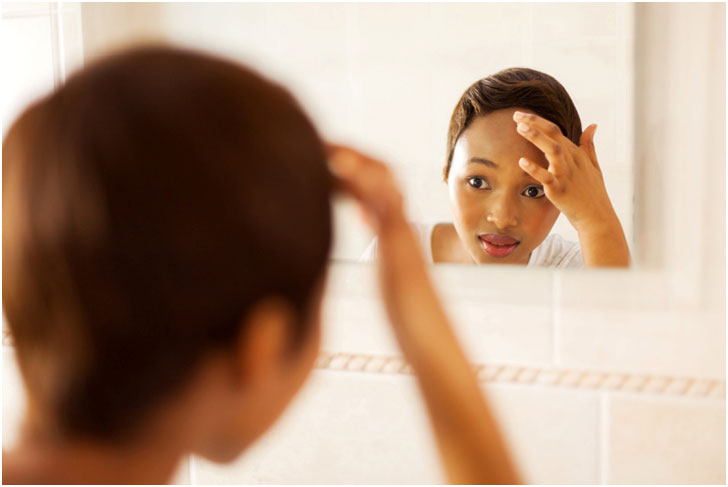
What Are Causes of Hair Loss in Teenage Females?
- Medication
Hair loss is a common side effect of many medications that teenage girls take, including medicine to treat acne and ADHD. Birth control pills can also cause hair thinning. - Traction alopecia
Too-tight ponytails or braids and heavy hair extensions can permanently damage hair follicles, causing permanent hair loss. Loosen up your hairstyles, and be sure to rotate your looks to avoid breakage. Headgear like sports helmets and over-ear headphones can also cause traction alopecia. - Overstyling
Chemical-based treatments like bleaching, relaxing, dyeing, and perming can cause hair to fall out. Using heat tools on a high heat setting too often can also cause hair strands to break off. - Hormones
Hormone-related illnesses like thyroid disease, lupus, and polycystic ovarian syndrome tend to emerge during the teenage years. Unfortunately, many of these endocrinal illnesses can cause hair loss. - Alopecia areata
Like their male counterparts, teenage girls can also suffer from alopecia areata. Long hair can often disguise bald spots. Alopecia areata is actually quite common, with 1 in 50 people suffering from the condition at some point in their lives. In fact, celebrities like Tyra Banks, Neve Campbell, and Viola Davis have all spoken out about losing hair from alopecia areata. - Trichotillomania
Teenage girls can also have trichotillomania, resulting in compulsively pulling out their own hair. This behavioral disorder can cause bald patches on the scalp. Trichotillomania is more common in females than males, and it’s thought that 2.5 million Americans experience trichotillomania at some point in their lives. With treatment, hair will grow back. - Poor Nutrition
Not eating enough healthy foods can cause teenage girls to lose their hair. Frequent dieting and over-exercising can also contribute to hair loss. - Anemia
Anemia, or an iron deficiency, is a common root of hair loss for teenage girls. If you think you may have anemia, speak to your doctor about taking an iron supplement. - Androgenic Hair Loss
Androgenic hair loss, or female pattern hair loss, can sometimes start in the teen years. For women, androgenic hair loss usually takes the form of a uniform thinning all over the scalp. Parts widen and ponytails get smaller. Androgenic hair loss is genetic, but may be treatable in some cases. - Stress
Social, school, family, and work obligations can pile up for teenage girls, causing mountains of stress. Unfortunately, stress is one of the leading causes of hair loss for teenage girls.
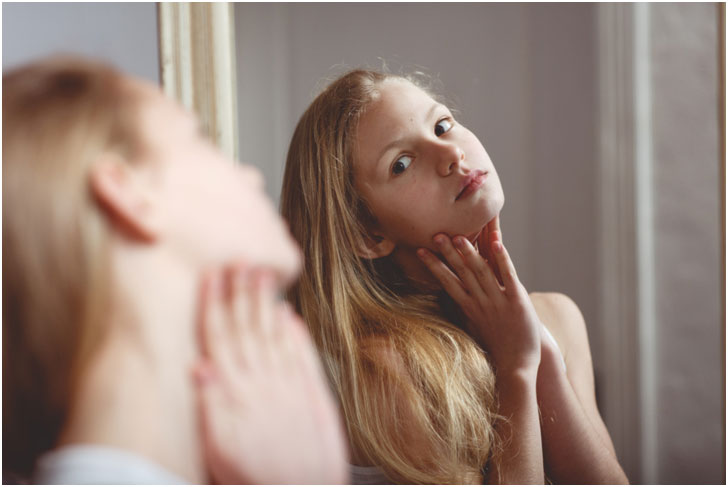 What Are Teenage Hair Loss Solutions?
What Are Teenage Hair Loss Solutions?
- Talk to a doctor
If you’re not sure what’s causing your hair loss, speak to your physician. Your doctor can assess whether or not your hair loss is caused by an underlying issue, and can prescribe a treatment. - Reduce Stress
Engage in healthy practices that naturally reduce stress. Exercise, meditate, get plenty of sleep, and make sure to leave time in your schedule to have fun. - Eat a healthy diet
For healthy hair growth, teens should eat a diet rich in proteins, fruits, vegetables, and healthy fats. Avoid fad diets and cleanses, as these can cause hair to fall out.
If you’re an athlete, make sure that you’re eating enough calories to support your training schedule. - Take a hair growth supplement
To fill in any gaps in your diet, take a supplement that supports regular hair growth like Viviscal. Formulated with ingredients necessary for hair growth, Viviscal ensures that you have all your nutritional bases covered for healthy hair. - Conceal while regrowth occurs
For most teens with hair loss, hair regrowth will occur once the underlying issue is treated. In the meantime, hair loss can be concealed with Toppik Hair Building Fibers. Hair Building Fibers are natural-looking and virtually undetectable, so no one will know you’re wearing them!
Hair loss can be especially devastating for teenagers. Fortunately, if caught early, most cases of teenage hair loss can be reversed.
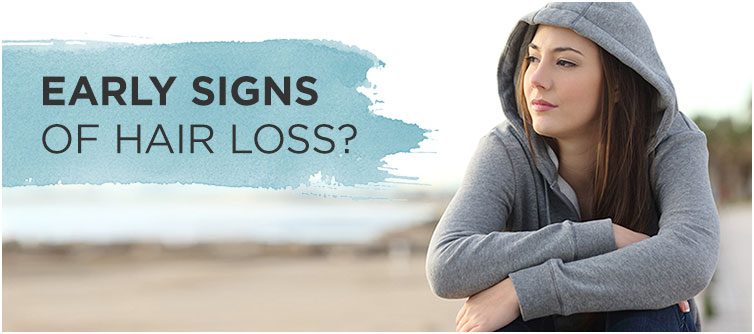
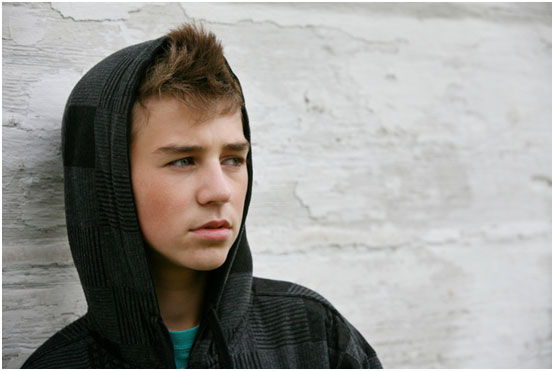
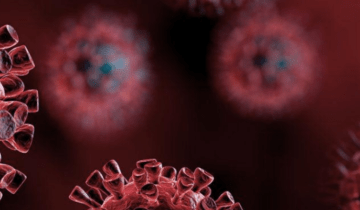
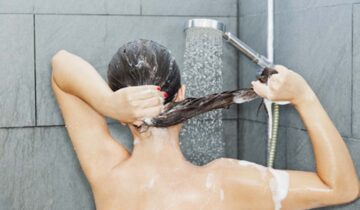

 No products in the cart.
No products in the cart.